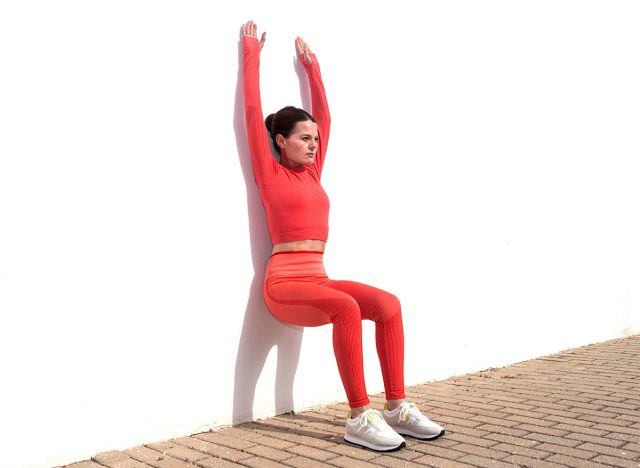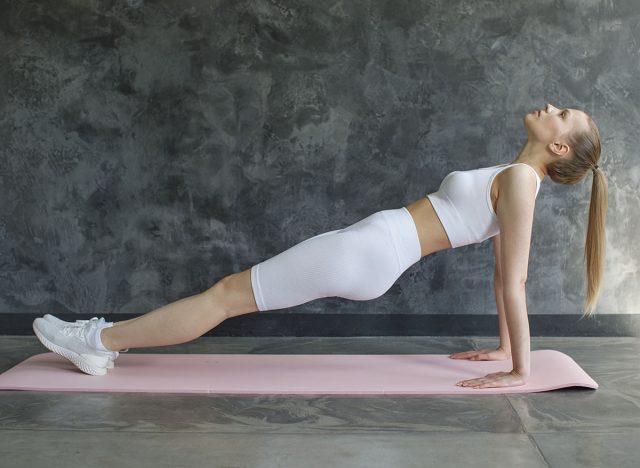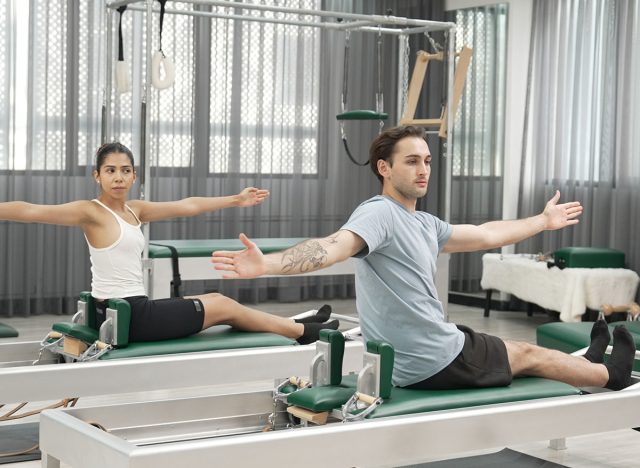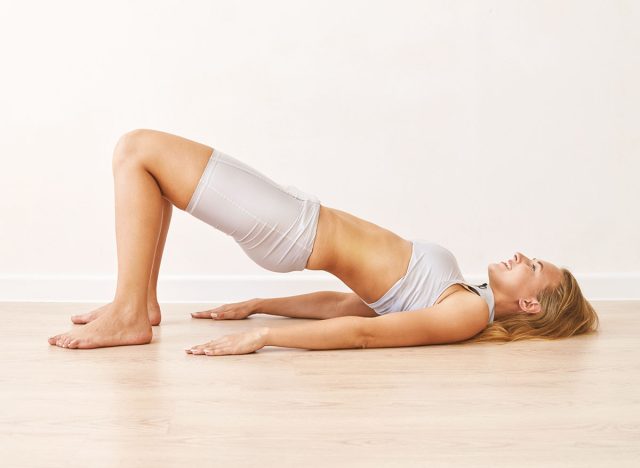5 Quick Exercises to Improve Your Posture Instantly

Poor posture is one of the most common issues affecting men, whether from long hours at a desk, excessive phone use, or simply neglecting key muscles that support proper alignment. Slouching forward not only makes you look less confident but can also lead to chronic pain, reduced mobility, and even impaired breathing. Fortunately, with the right exercises, you can strengthen the muscles responsible for keeping your body upright and improve your posture instantly.
The key to fixing poor posture lies in strengthening the back, shoulders, and core while also increasing flexibility in the chest and hips. When these muscles are properly engaged, they help counteract the forward slump caused by modern lifestyles. Additionally, activating these muscle groups enhances spinal alignment, making it easier to maintain good posture throughout the day without constant effort.
In this workout, you'll focus on five highly effective bodyweight exercises that help reset your posture and reinforce proper positioning. These moves can be done anywhere and take just a few minutes to complete. With consistency, you'll stand taller, move more efficiently, and reduce strain on your body.
The Routine
Perform each of the following exercises back-to-back, focusing on slow, controlled movements. Hold each position for the recommended time or perform the specified number of reps. Complete 2-3 rounds for the best results.
- Wall Angels – 12 reps
- Reverse Plank – Hold for 30 seconds
- Seated Thoracic Rotation – 10 reps per side
- Glute Bridge with Reach – 12 reps per side
- Standing Chin Tuck – Hold for 30 seconds
Complete 2-3 rounds, resting for 30 seconds between rounds.
Exercise Instructions
Wall Angels

Wall angels are one of the best exercises for correcting rounded shoulders and improving mobility in the upper back. This movement strengthens the postural muscles responsible for keeping your shoulders pulled back while reinforcing proper alignment. If you struggle to keep your arms against the wall, that's a sign of tight chest muscles and weak upper-back muscles, both of which contribute to poor posture.
How to Perform:
- Stand with your back against a wall, feet about six inches away, and press your lower back, upper back, and head against the surface.
- Bend your elbows at 90 degrees with your arms in a goalpost position, keeping your hands and elbows touching the wall.
- Slowly raise your arms overhead, maintaining contact with the wall as much as possible.
- Lower your arms back to the starting position in a slow, controlled motion.
- Perform 12 reps, focusing on smooth movement and maintaining alignment.
Reverse Plank

The reverse plank helps strengthen the entire posterior chain, including the glutes, lower back, and shoulders. This exercise counteracts the effects of prolonged sitting, which often leads to weakened muscles and a hunched-over posture. By holding this position, you reinforce spinal alignment and encourage better core engagement, both of which are crucial for maintaining good posture throughout the day.
How to Perform:
- Sit on the floor with your legs extended in front of you and your hands placed behind you, fingers pointing forward.
- Press through your palms and lift your hips toward the ceiling, forming a straight line from your head to your heels.
- Squeeze your glutes and engage your core while keeping your chest open and shoulders pulled back.
- Hold this position for 30 seconds, then slowly lower back down.
Seated Thoracic Rotation

Rotational mobility is essential for maintaining a healthy spine and preventing stiffness in the upper back. The seated thoracic rotation helps increase mobility in the mid-back, reducing tension that contributes to a forward-rounded posture. This exercise also encourages better movement patterns, making it easier to sit and stand tall throughout the day.
How to Perform:
- Sit on the floor or a chair with your back straight and feet flat on the ground.
- Place your hands behind your head with your elbows pointing outward.
- Rotate your torso to the right as far as you can without straining, keeping your lower body still.
- Return to the center and repeat on the left side.
- Perform 10 reps per side, moving slowly and focusing on control.
Glute Bridge with Reach

Weak glutes and tight hip flexors are common contributors to poor posture, especially for men who spend long hours sitting. The glute bridge with reach not only strengthens the posterior chain but also improves thoracic mobility by incorporating an overhead reach. This movement helps reinforce a neutral spine position, making it easier to maintain an upright posture.
How to Perform:
- Lie on your back with your knees bent and feet flat on the floor, hip-width apart.
- Extend one arm straight up toward the ceiling.
- Press through your heels and lift your hips, engaging your glutes at the top.
- As you reach the top of the bridge, extend your raised arm overhead, feeling a stretch through your mid-back.
- Lower back down slowly and repeat.
- Perform 12 reps per side, alternating arms.
Standing Chin Tuck

The standing chin tuck is a simple yet effective move for improving neck alignment and counteracting forward head posture. Many men unknowingly jut their heads forward while looking at screens, which leads to neck pain and poor posture over time. This exercise strengthens the deep neck flexors and realigns the head with the spine, making it an essential addition to any posture routine.
How to Perform:
- Stand tall with your shoulders relaxed and your gaze straight ahead.
- Slowly tuck your chin toward your chest while keeping your eyes forward.
- Hold the position for 30 seconds, feeling a gentle stretch at the base of your skull.
- Release and repeat as needed throughout the day.
And if you enjoyed this article, don't miss How Long Your Walking Workout Should Be To Shrink Belly Fat.









